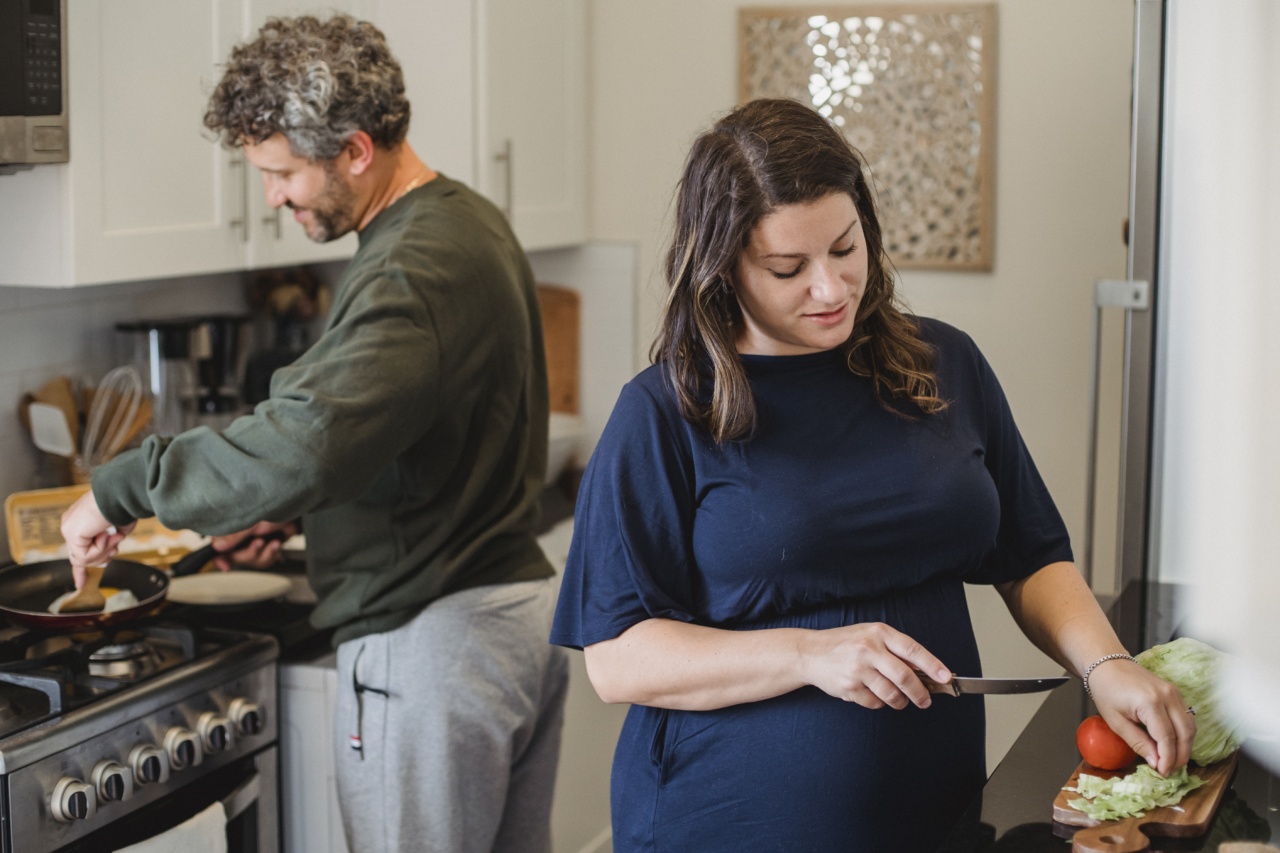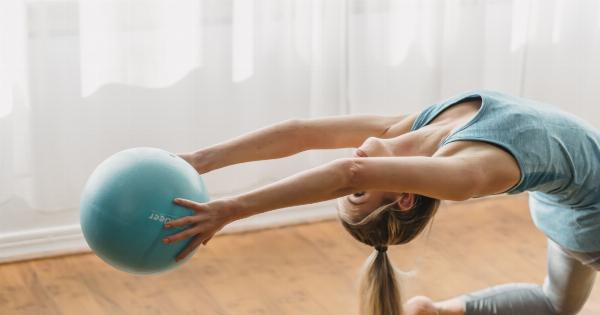Our knees and joints play a crucial role in the mobility and overall functionality of our bodies.
Unfortunately, as we age or subject our bodies to excessive strain, these vital parts can begin to deteriorate, leading to discomfort, pain, and limited movement. However, there are ways to maintain healthy knees and joints and prevent or reduce the onset of joint-related issues.
In this article, we will explore the secret recipe to healthy knees and joints, including exercises, diet, and lifestyle changes that can help promote joint health and prevent long-term damage.
1. Exercise Regularly
Regular exercise is essential for maintaining healthy knees and joints. Engaging in activities that promote joint flexibility, strength, and balance can improve joint health and reduce the risk of joint-related problems.
Low-impact exercises such as swimming, yoga, and cycling are excellent options for protecting and strengthening your knees and joints.
2. Strengthen the Surrounding Muscles
The muscles surrounding the knees and joints play a critical role in providing support and stability. By strengthening these muscles, you can alleviate stress on the joints and reduce the risk of injuries.
Incorporate exercises such as squats, lunges, and leg lifts into your routine to target the muscles surrounding your knees and joints.
3. Maintain Proper Form
When engaging in any physical activity or exercise, it is crucial to maintain proper form. Incorrect form can put undue stress on your knees and joints, leading to injuries or long-term damage.
Consult with a professional trainer or physical therapist to ensure you are performing exercises correctly and safely.
4. Manage Weight
Excess weight can place added strain on your knees and joints, increasing the risk of joint pain and conditions such as osteoarthritis.
Maintaining a healthy weight can significantly reduce the load on your joints, supporting their overall health and longevity. Follow a balanced diet and engage in regular physical exercise to manage your weight effectively.
5. Eat a Nutrient-Rich Diet
Your diet plays a vital role in maintaining healthy knees and joints. Include foods rich in nutrients like omega-3 fatty acids, vitamin C, calcium, and antioxidants. These can help reduce inflammation, strengthen bones, and support joint health.
Incorporate foods such as salmon, oranges, leafy greens, nuts, and seeds into your meals to nourish your knees and joints.
6. Stay Hydrated
Proper hydration is essential for overall health, including joint health. Water helps to lubricate your joints and supports the smooth movement of your knees and other joints.
Aim to drink at least eight glasses of water per day, and increase your intake if you engage in intense physical activity or spend time in hot weather.
7. Avoid Overuse and Repetitive Movements
Repeatedly performing the same movements or subjecting your joints to excessive strain can lead to joint injuries. Avoid overuse injuries by incorporating variety into your exercise routine and taking regular breaks to rest your joints.
If you have a job or a hobby that requires repetitive motions, find ways to minimize strain or use equipment designed to reduce joint impact.
8. Stretch Before and After Exercise
Stretching is a crucial part of any exercise routine, as it helps warm up the muscles and increase joint flexibility.
Prioritize stretching before and after each workout session to prepare your knees and joints for physical activity and prevent potential injuries. Focus on stretches that target your lower body, including your quadriceps, hamstrings, and calves.
9. Use Proper Footwear
The shoes you wear can impact the health of your knees and joints. It is essential to wear appropriate footwear that provides sufficient support and cushioning.
Invest in high-quality shoes with good shock absorption if you engage in activities that put stress on your knees and joints, such as running or basketball.
10. Listen to Your Body
Lastly, pay attention to your body’s signals. If you experience pain, discomfort, or swelling in your knees and joints, it is crucial to heed these warning signs and give your body the rest it needs.
Pushing through pain can exacerbate existing issues and lead to further damage. Consult a healthcare professional if you have persistent or severe joint problems.































